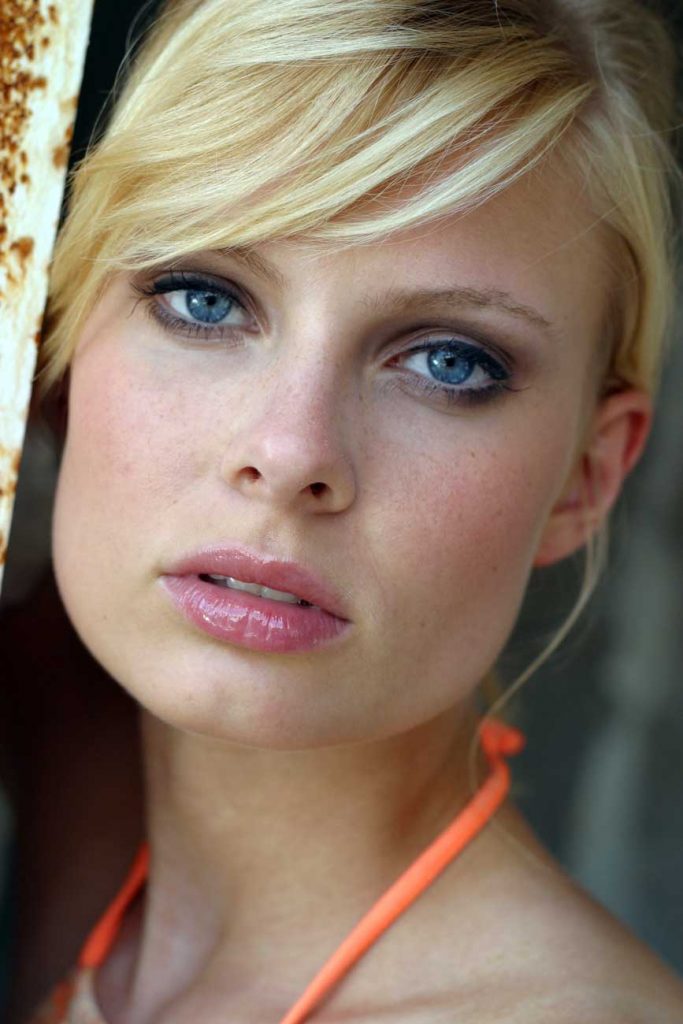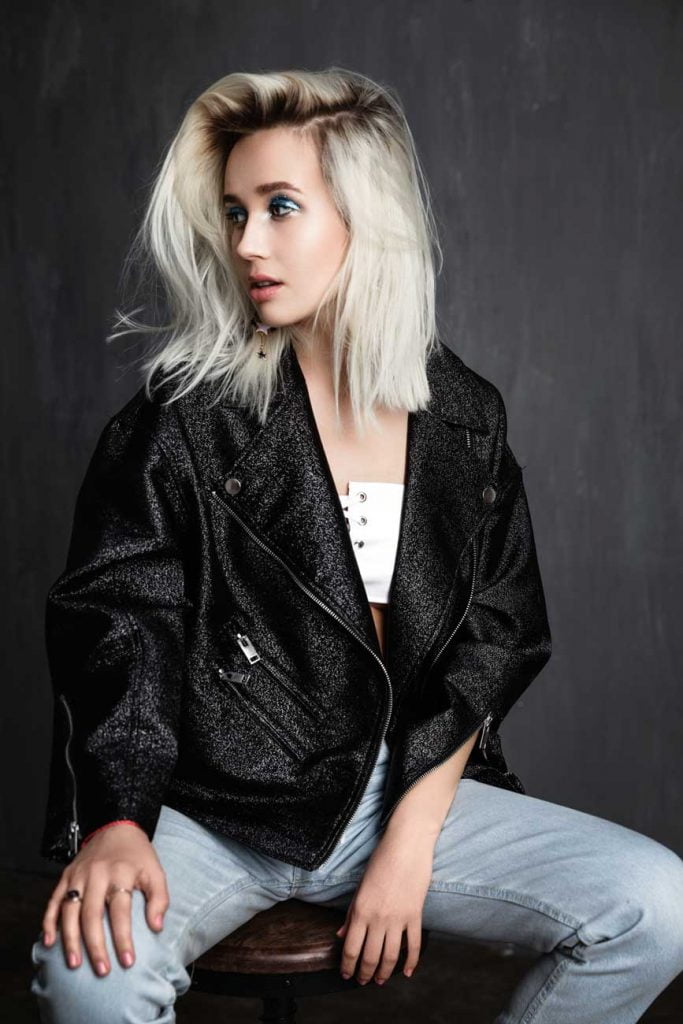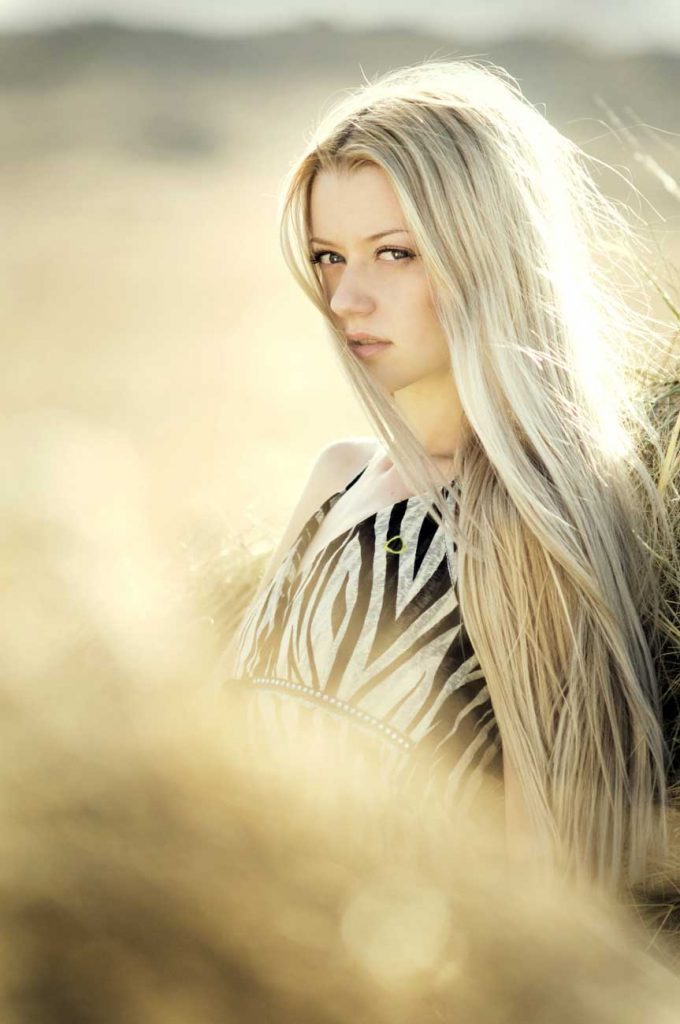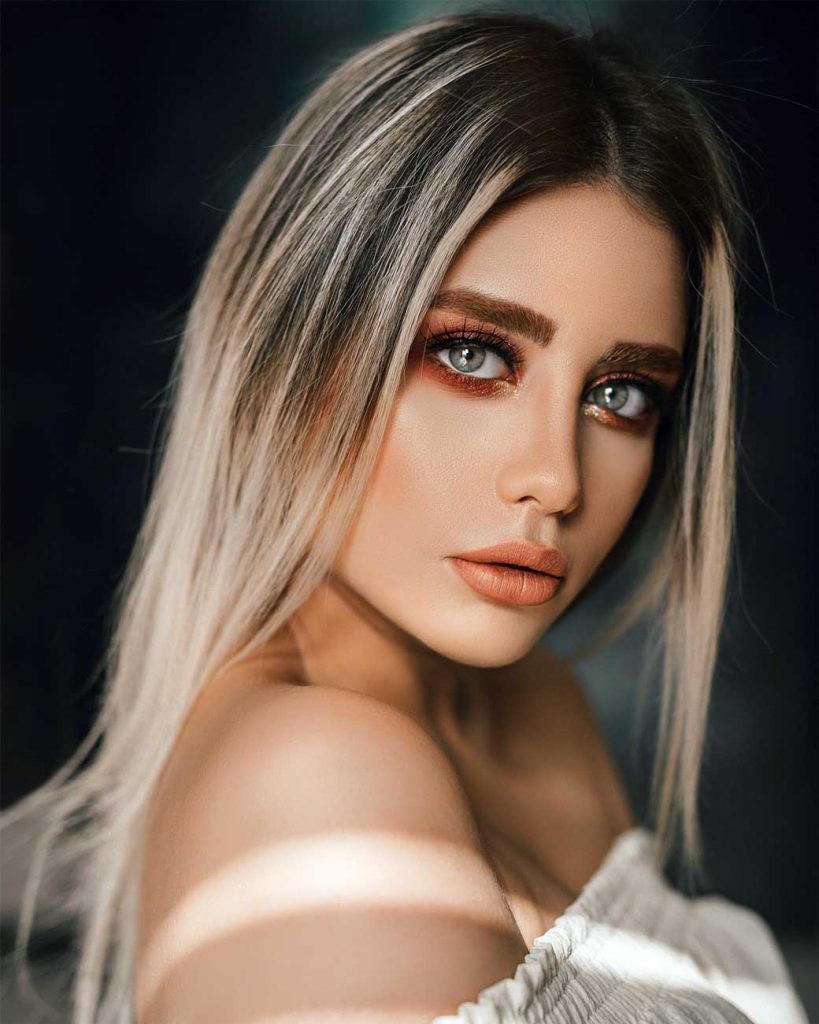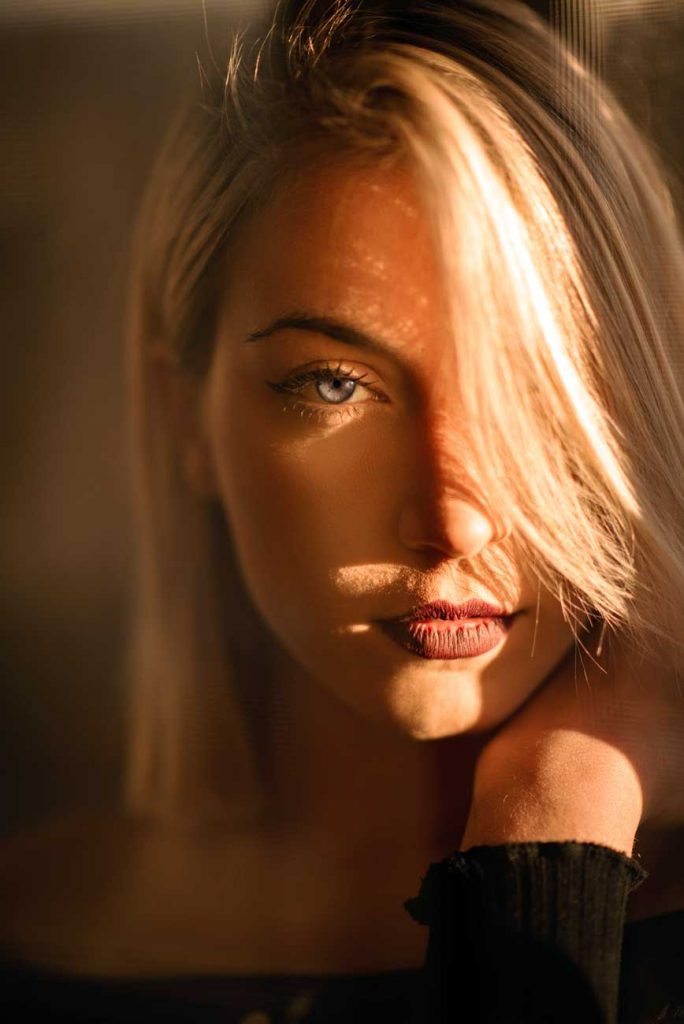Table of Contents
Ha habido muchos estereotipos e incluso algunas bromas divertidas sobre las rubias a lo largo de los años, pero nadie realmente ha hecho preguntas importantes sobre las personas con este color de cabello en particular. ¿Qué hace que una persona sea rubia? ¿Un rubio conserva el color de su cabello durante toda su vida? ¿Es “rubio” o “rubio”? Estas son las preguntas que responderemos y más.
Este artículo discutirá todo lo que hay que saber sobre el rubio, y le proporcionará información interesante que incluso aquellos con este color particular de cabello no conocerían.
¿Es rubio o rubia?
La palabra rubio en realidad proviene de la antigua palabra francesa “blund”, o “blont”, que describe una sección particular de tonos amarillos. La palabra “justo”, por otro lado, significaba directamente “cabello rubio”. Sin embargo, esta palabra gradualmente pasó de moda y ahora se usa para describir una tez de piel clara en lugar de su uso original. Aún así, otros pueden usar la expresión “cabello fino” para describir a alguien con cabello rubio.
Si bien son técnicamente intercambiables, las palabras “rubio” y “rubia” pertenecen a la misma cosa, pero se usan según el género de la persona que se describe. El uso habitual de estos es que “rubio” se usa para describir a los hombres, mientras que “rubio” se usa para describir a las mujeres.
Evolución del cabello rubio
Los antropólogos sugieren que el cabello rubio se originó en áreas donde la luz solar no es abundante. Como tal, las personas en estos lugares han evolucionado para absorber más luz solar a través de sus pieles para la producción de vitamina D. Esto provocó que tuvieran una baja producción de pigmento melanina, que ayuda a bloquear los rayos solares.
El resultado de esta evolución son las personas con piel clara y cabello rubio, que hicieron su primera aparición en países del norte de Europa. Los genes fueron transferidos a otros lugares debido a la selección sexual, es decir, aquellos con cabello rubio y los ojos azules que los acompañaban los hacían destacar, lo que les facilitaba encontrar parejas y reproducirse.
Tipos de cabello rubio
Existen numerosos tipos de cabello rubio, algunos relacionados con un tono de cabello particular, mientras que otros describen colores artificialmente. Estos tipos de rubio incluyen rubio ceniza, que describe un tono gris amarillento, o rubio sucio que describe un tono más oscuro con otros colores, como rojo o marrón, mezclados como hebras o manchas. Las rubias de miel y las rubias doradas pertenecen a tonos rubios más oscuros, mientras que las rubias arenosas tienen un cabello que es casi del color beige. Las rubias de platino tienen un color blanquecino, mientras que las rubias de fresa tienen un tono más rojizo.
Platinum blonds, on the other hand, is a term used for those who have artificially colored their hair blond. The terms peroxide blond may also be used due to the use of hydrogen peroxide or bleach for coloration purposes. Take note that those who have colored their hair artificially may also be called other terms depending on the actual coloration of their hair.
Advantages of Having Blond Hair
There are many advantages to having blond hair, although most of them are psychological and social in nature. Studies have shown that, on average, blonds earn more both in terms of salary as well as tips. Blonds are also deemed as more attractive when compared against those with hair of other colors but with similar facial features.
The above data, however, apply to females more than men, as details for the latter are mixed and are not yet proven by solid evidence. Studies have also shown that blond hair does not play a factor when it comes to marriage, nor does having blue eyes. However, statistics have shown that blonde females are more likely to marry those of higher financial standing. Of course, many other factors can affect these numbers and are in no way conclusive of absolute truth.
Another advantage of blondes, aesthetically pleasing, is that they tend to have more beautiful and voluminous hair. Blond hair is thinner than those of a different color, and this allows the scalp to hold more strands. Blond hair is also more reflective of light due to its color.
This makes this type of hair more attractive, which is probably one of the reasons why blonds have a much likelier chance of finding a mate as a luscious and healthy head of hair is a primal signal of good health and reproductive superiority.
Blond hair is also considered as one of the envies of people from all over the world. Blond is one of the most purchased and requested artificial hair colors. In fact, the Ganguro culture, which originated in Japan, revolves around, among other things, having blond hair of varying shades. Many celebrities who are originally brunettes have had their hair colored blonde and is now part of their usual look.
Health Risks of Blonds
While some blonds enjoy certain perks especially in social aspects, these benefits do come with certain risks as blonds are known to carry with them higher risks of getting specific illnesses and diseases. Due to their lack of melanin, blonds are more prone to diseases such as skin cancer as well as different eye conditions. For the latter, those who have blue eyes are even more at risk.
The reason for this is that melanin is a pigment that helps in controlling the body from harmful UV rays that come from the sun. It has also been known to prevent or at least minimize the risk of skin cancers. Darker eyes are also known to filter out UV rays that can cause damage to the eyes as well as lead to conditions such as cataracts or macular degeneration.
As such, as those with blond hair have less melanin, they have a higher chance of getting these diseases when compared to those with darker hair that is exposed to the same level of sun. This also makes blonds more prone to sunburn, freckles, and other skin conditions.
Frequently Asked Questions
Is there any proof that blonds are dumb?
While there is a negative stereotype about blonds being dumb, there is no supporting evidence that justifies this claim. In fact, studies have shown that blonds, in fact, have a slightly higher IQ as compared to others with different hair colors. The difference, though, is statistically insignificant which proves that hair color has no correlation to intelligence.
Where did blond hair originate?
People with blond hair originated in Northern Europe, around the time of the last Ice Age which was over 10,000 years ago. Blond hair is technically considered as a mutation, as part of a natural reaction to the environment of humans during that time.
Due to the lack of adequate sunlight during that time, people did not require as much protection from the sun. Once the first blond-haired, blue-eyed people arrived, they were able to stand out due to their unique looks, which was essential to survival as there were only a limited number of males during the period.
How rare are blonds in the world?
Truly blond people are quite rare. Only two percent of the entire population are natural blonds, with countries such as Finland, Sweden, Ukraine, Norway, and Australia having some of the highest percentages of blonds. Surprisingly, areas in North Africa as well as in Asia also have their fair share of blonds, although this is more due to inter-racial mixing rather than natural evolution.
Are blonds disappearing?
There is a myth that blonds are slowly disappearing, with the urban legend stating that the hair color will be gone in around 200 years due to it being a recessive gene.
However, this has no scientific credence as, even though the blond hair gene is recessive, there will be no significant drop in blonds unless they purposely do not mate. There would also be no extinction of blonds as the gene pool is still healthy enough that, despite possibly diminishing numbers, the population will not get wiped out.
Can a person with blond hair change hair color naturally?
Those who are naturally blond will have their hair at its finest during their early years. However, this will eventually darken with age, with permanent hair color appearing at around the age of 10 or so. This is due to the release of more melanin as you age. As such, as your hair is replaced, they will become darker and maybe an entirely different color.
El color final de tu cabello dependerá del tipo de melanina que produzcas. La eumelanina hará que tu cabello sea castaño o negro, mientras que la feomelanina hará que tu cabello se vuelva rojo. Así es como se desarrolla el cabello rubio sucio o rubio fresa. También puede ser posible que una persona nazca como rubia, pero se convertirá en una morena como adulta. Si no se produce suficiente melanina, solo se producirá un tono rubio más oscuro.
¿Todas las rubias tienen ojos azules?
Si bien no todas las rubias tienen ojos azules, las rubias tienen una mayor probabilidad de tener ojos azules porque los genes que definen cada rasgo están vinculados. Esto también se debe a la producción reducida de melanina que hace que el iris tenga un color más claro. El azul en los ojos se produce no por el color real, sino por la forma en que la luz se refleja en el iris.
Cuanta menos luz se refleje debido a la falta de melanina, más oscura o más oscura sería. Por otro lado, si se refleja algo de luz, los ojos se verán reflejados en verde. Menos luz, debido a la falta de melanina, se reflejará como azul.


